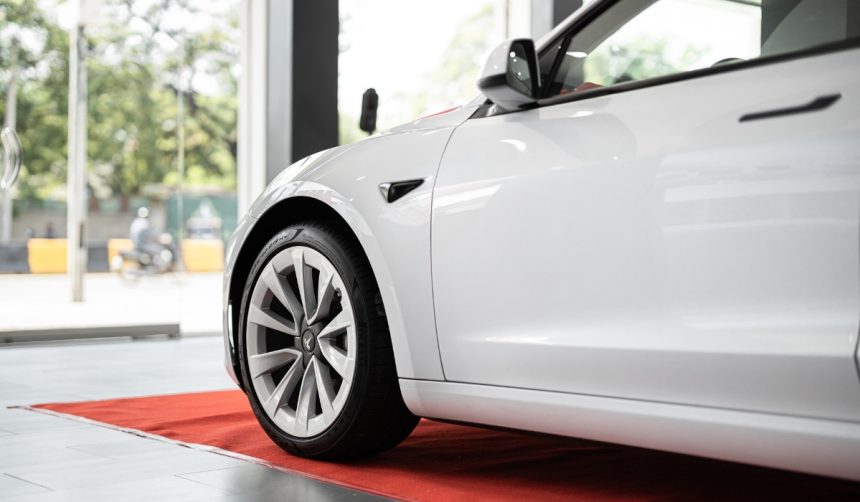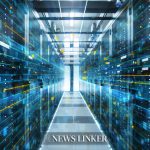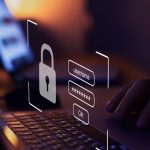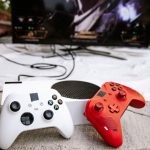Tesla continues to broaden the testing of its Robotaxi service, as vehicles have now been observed in additional regions beyond their current operations in Austin, Texas, and California’s Bay Area. This expansion raises local expectations about the company’s plans to launch the service in new states, such as Nevada, Florida, and Arizona. As self-driving technology advances, regulatory scrutiny and public interest have grown, especially in areas where autonomous rideshare has not yet reached mainstream adoption. Reports of test units in traffic are drawing the attention of both policymakers and residents, intrigued by the possibility of autonomous transport in their communities.
Compared to earlier sightings of Tesla Robotaxi prototypes, which were often limited to confined test tracks or core urban areas, the presence of test units with LiDAR rigs in suburbs like Gilbert and Scottsdale marks a notable broadening of Tesla’s approach. Previous coverage focused more on software validation, while Tesla now appears to be prioritizing real-world data capture, perhaps in response to regulations that have shaped the deployment strategies of rivals such as Waymo. Market watchers note that Tesla’s use of LiDAR is distinct from its longstanding commitment to camera-only Tesla Vision, suggesting the company may be adapting to new requirements or validation protocols as it scales the service.
How Is Tesla Expanding Robotaxi Testing to New Regions?
Test units equipped with LiDAR have been spotted this month on highways in Arizona, notably around Gilbert and Scottsdale, both suburbs of Phoenix. These vehicles are gathering additional data, potentially to satisfy validation and future regulatory requirements. Tesla’s aim is to extend Robotaxi operations into states with favorable conditions for autonomous vehicle deployment after establishing active programs in Texas and California.
Why Is Tesla Using LiDAR Despite Its Reliance on Vision-Based Technology?
Tesla has long championed its camera-based Tesla Vision system for self-driving development. However, LiDAR-equipped validation units are currently deployed, not to guide vehicles during routine operation, but to supplement ground truth testing. CEO Elon Musk has publicly described LiDAR as unnecessary, yet the additional data serves to strengthen internal validation or support external regulatory submissions.
“We believe a vision-based system is enough for full autonomy,” Elon Musk has stated, “but we sometimes use other sensors for validation.”
What Does This Mean for the Ride-Hailing Market?
Tesla’s intensified hiring for its Robotaxi program and increased public tests indicate a significant push to capture greater market share in autonomous ride-hailing. The service already covers nearly 300 square miles in Austin, reflecting Tesla’s intention to scale up quickly where local regulations and infrastructure allow.
“Our goal is to bring safe, autonomous rides to more communities in the coming months,” a Tesla spokesperson said.
Interest in Robotaxi remains strong, largely due to Tesla’s unconventional approach in relying primarily on camera-based systems over LiDAR-centric technologies used by companies like Waymo. By introducing LiDAR for testing, Tesla appears to be balancing its core strategy with compliance and safety documentation expected by regulators. This adaptive stance may position Tesla favorably as states formalize autonomous driving requirements, while also differentiating its service in a crowded market. For readers, understanding how regulation, technology preference, and public deployment interrelate can shed light on the often complex rollout of autonomous vehicle services. As more regions observe Tesla’s Robotaxi on local roads, questions surrounding data privacy, passenger safety, and regional adaptation will likely shape further rollouts.










